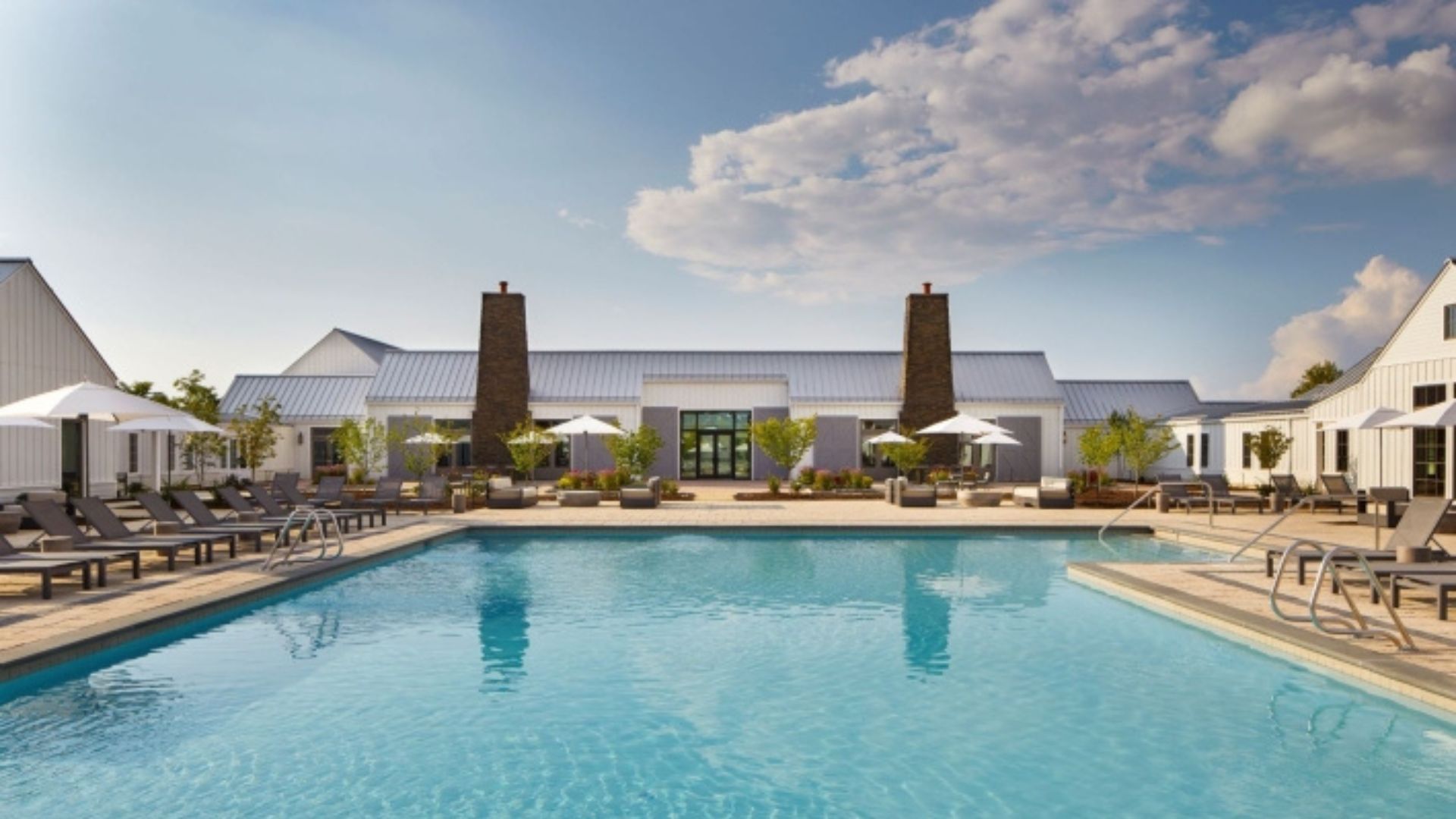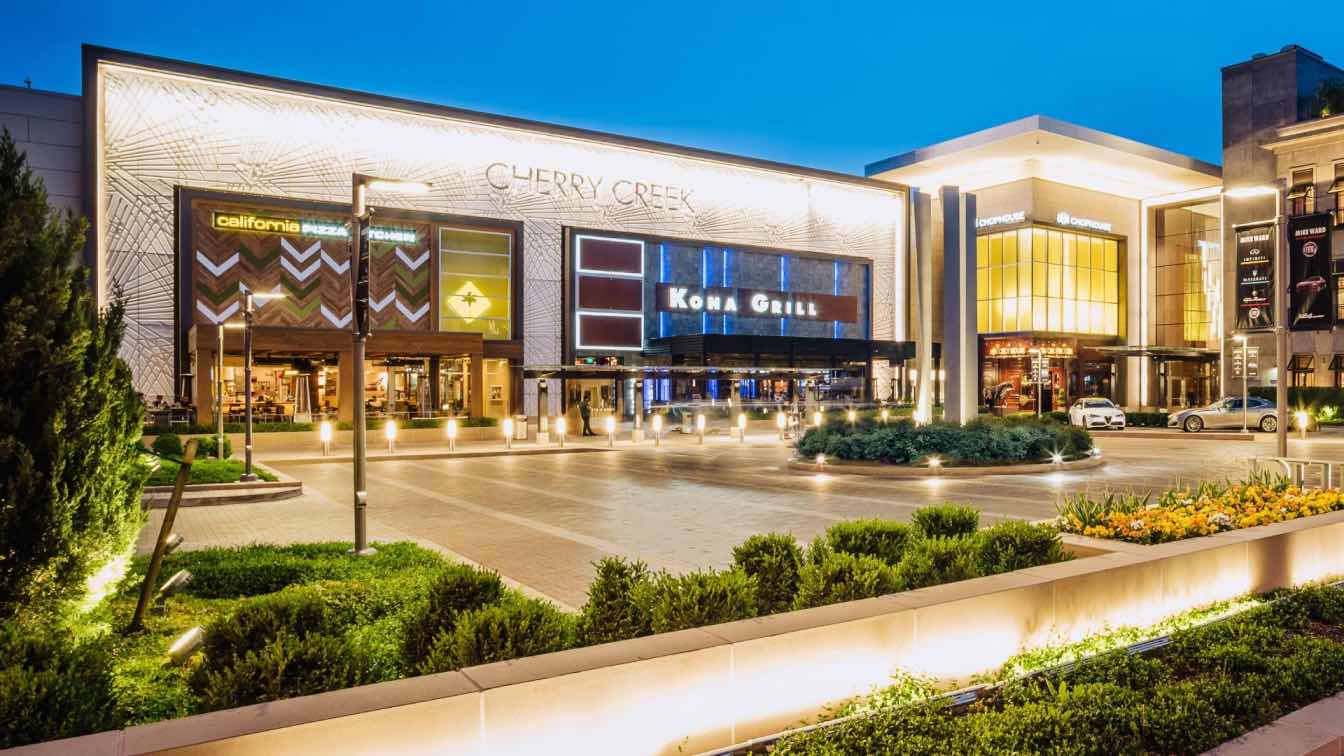INTERVIEWEES
Jim Tinson, Chief Executive Officer, Partner
Jim works directly with client leadership, for complex assignments in sensitive locations throughout the world. From cities to private estates, clients seek out Jim’s business acumen, international connections, technical expertise and more than 20 years of experience as a strategist, planner and designer. He combines an extensive business management background with broad design talent to lead our firm’s operations.
Jim has worked to create new communities, urban centers, and mixed-use environments for such premier clients and developers as The Related Companies, Cushman and Wakefield, DMB, St. Joe Company, Crescent Resources, Revolution Resorts, Rockefeller Group Development Company, Dolphin Capital, Walt Disney Company, and in association with others, Georgetown Development Co., Yale University, and the New York Jets.
David Rau, Partner
David is an architect with over 25 years of professional experience. His unique, collaborative approach has attracted a diverse clientele that relies on his ability to bring together ownership, executive teams, and other stakeholders around sound financial and operational objectives. David has led large, complex assignments worldwide for destination resorts, residential communities, cultural centers and urban infill developments.
Recent work includes two new U.S. locations for Hyatt’s luxury Miraval resort brand, as well as expansion of the Chatham Bars Inn on Cape Cod and the repositioning of Harbour Town at Hilton Head Island. Prior work includes a private yacht club on Gibson Island in Maryland’s Chesapeake Bay; a new Canyon Ranch SpaClub at The Homestead resort in Virginia; and the repositioning of the iconic Grove Park Inn at Asheville. David’s international work includes The Belfry resort outside Birmingham, UK and a new residential community along the Mediterranean coast of North Africa.
QUESTIONS
1. Hart Howerton won the award for Architectural Design in Wellness at the LIV Hospitality Design - what do you think sets this project apart?
Jim Tinson: It captures the spirit of its setting, while setting a new standard for creating healthy places. The integration of hospitality with programming that touches all aspects of physical and mental wellbeing builds on the unique Miraval model, but elevates the experience in a way that sets it apart. You experience all aspects of the property in a completely immersive environment.
David Rau: The rich history of the Berkshire Mountains, the charming village of nearby Lenox, MA, and the historic character of the site with its landmark buildings all combine to distinguish this place as a compellingly unique destination. From the start, our goal was simply to build on the legacy of Miraval’s “Life in Balance” immersive spa experience, infusing the resort’s design with the traditions of the surrounding region in ways that touch guests at every turn -whether that be the architecture, the landscape or the interior spaces.
2. How exciting is it to work on projects like this?
JT: This is exactly what we enjoy doing – working to create innovative environments that will stand as legacies in their communities. It is particularly exciting to start from the beginning of the process – all the way back to acquisition and programming, and then carry a strategic vision through the detailed design of the complete environment.
3. As master planners, how do you approach briefs like this - where do you start?
JT: We focus on designing the complete environment – bringing life to the indoor-outdoor spaces that together create a memorable place. We start by thinking about a day in the life of a place – the “resort day” for the guest. Working with ownership and the operations teams to understand what is distinct about that experience informs physical design.
DR: We always begin with research: a wide-ranging deep-dive into brand ethos, regional context, historic connections, agriculture, ecology, climate, and other influences. We look for practical ways to deliver an understanding of this environment to the guest, grounding them in the vibrant culture of the place. Ultimately, the goal from the start is to sharing these ideas through an immersive design that provides guests unexpected learning opportunities for personal growth, and ultimately, self-actualization.
4. Were there any key influences or inspirations behind the design of this project?
JT: We were inspired by the original Miraval in Tucson and what has drawn visitors to return year after year. Those transformative experiences set a precedent that we worked to expand and adapt to this historic setting. The Berkshires is among the most beautiful regions in the country, with a distinct cultural legacy that sets a standard for how you spend time, year-round, in this timeless landscape.
DR: The powerful presence of the Berkshire mountains was a recurring influence throughout the design process. We looked to the small farmsteads populating this region for inspiration in planning the site, arranging the programmatic elements in a way that reflected the agricultural traditions of the area. This influence also appears in the choices of building materials and structural trusses in the larger primary spaces. We also integrated details borrowed from nearby Shaker settlements which reflect the simplicity of the Miraval ethos. For some special spaces, we interpreted the idea of a geode conceptually, having learned that the geology of the Berkshires is a rich resource for geodes.
5. How long does a project like this take from brief through to conception and what are the different development stages?
DR: For a complex project like this the gestation period can be lengthy. Our involvement began with assisting Miraval with acquisition of the property, helping to understand the site’s existing landmark structures, its attributes and its liabilities. We then led an in-depth community engagement process that engaged neighbors, the village of Lenox, state government officials, and other stakeholders - eventually securing the approvals required to move the project forward. The design process was then highly iterative, exploring myriad options addressing the program, operations, guest experience, and maintenance over time. In the end, construction was impacted by the COVID-19 pandemic with a limited opening to ensure the welfare of the guests and employees. In all, the project took nearly 5-years from the first site visit to opening day.
6. What’s next? Do you have anything other projects coming up that you’re particularly excited about?
JT: We are fortunate to be working in many of the most iconic addresses in the world, creating healthy places that similarly reflect the qualities of their environments. In the northeast, for example, we are busy in the finger lake region of New York at Inns of Aurora, where we recently created a spa and wellness destination that captures the spirit of upstate NY. We continue working with those owners to extend that experience throughout this historic destination. Likewise, in Naples Florida we are designing a new Four Seasons resort and private club that leverages the benefits of being in a “Blue Zone” to create a place that embraces those lessons of health, wellbeing and longevity. We are busy bringing those principles to environments ranging from Europe, Aisa, the Caribbean, Mexico and Latin America, to premier setting in the US.
DR: Our work with spa resorts now encompasses across all scales, regions, formats, and types. We our proud that our firm has become a leader in the larger “wellness and healthy living” movement, having partnered with leading universities and hospitals to develop a series of tenets and goals now recognized as foundational. Our capabilities in the design of spas is reflected in a diverse portfolio with more on the boards or set to open soon. The newly-opened Spa at The Inns of Aurora in Upstate New York recently achieve America’s first WELL certification for a spa by the International WELL Building Institute, making it a model within the wellness movement. Other work includes a second Miraval Life in Balance Spa in Austin; re-envisioning of the historic Tucson campus of leading spa brand Canyon Ranch; the recently opened Keswick Hall Spa in Charlottesville; as well as forthcoming spas in Naples, Florida; Taos, New Mexico; and Hilton Head, South Carolina.
For more information, visit: https://www.harthowerton.com





